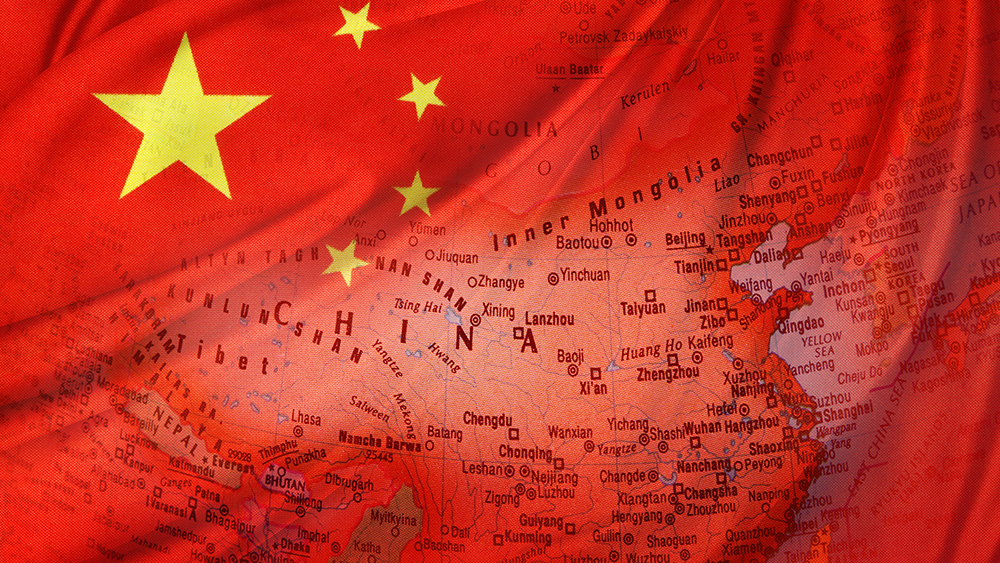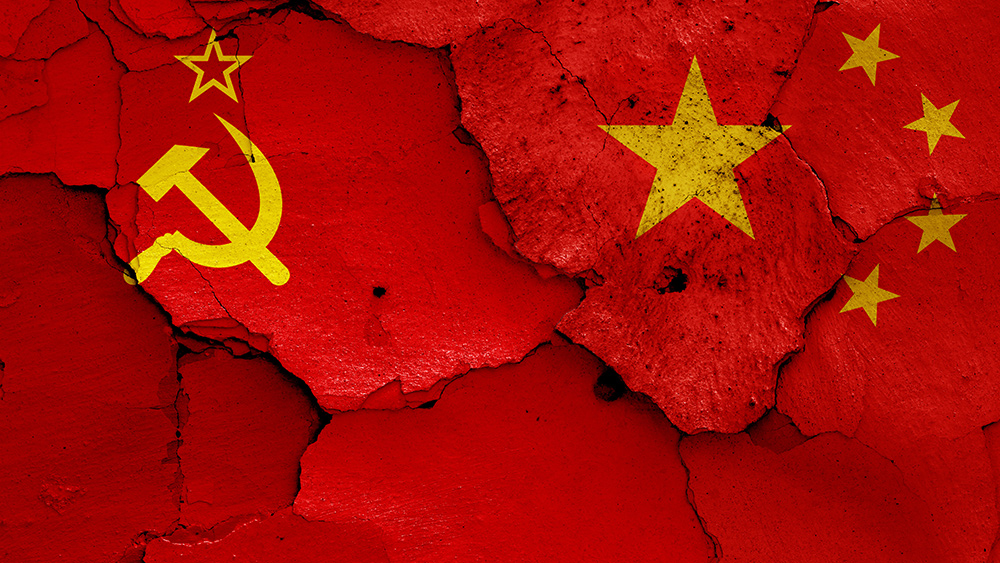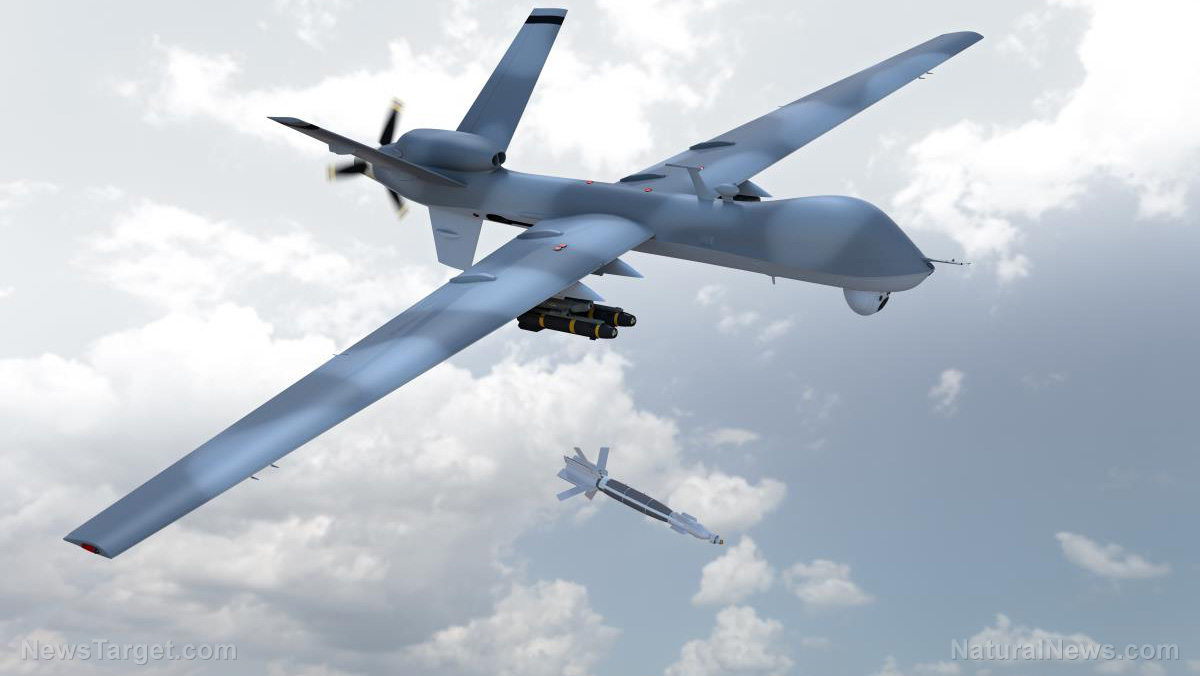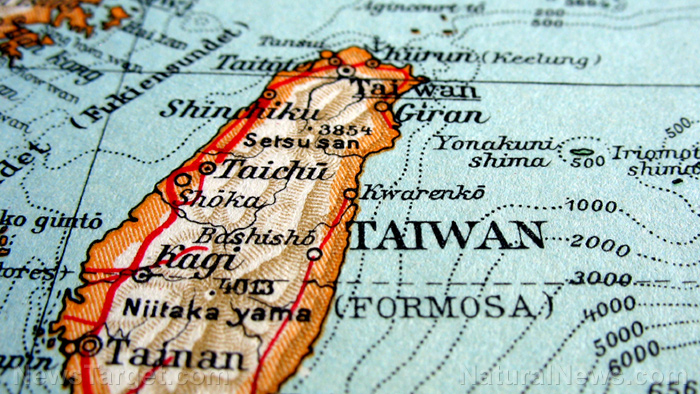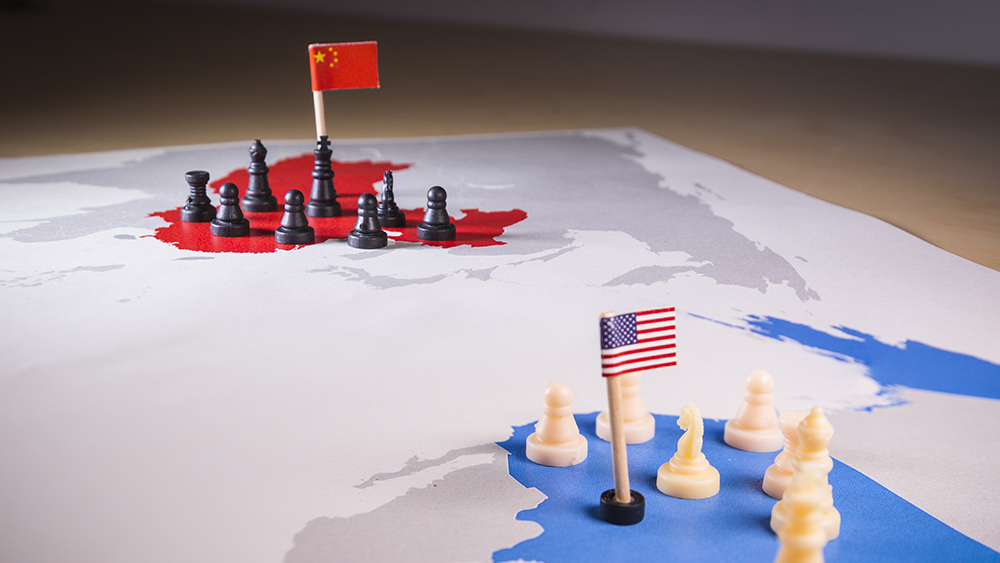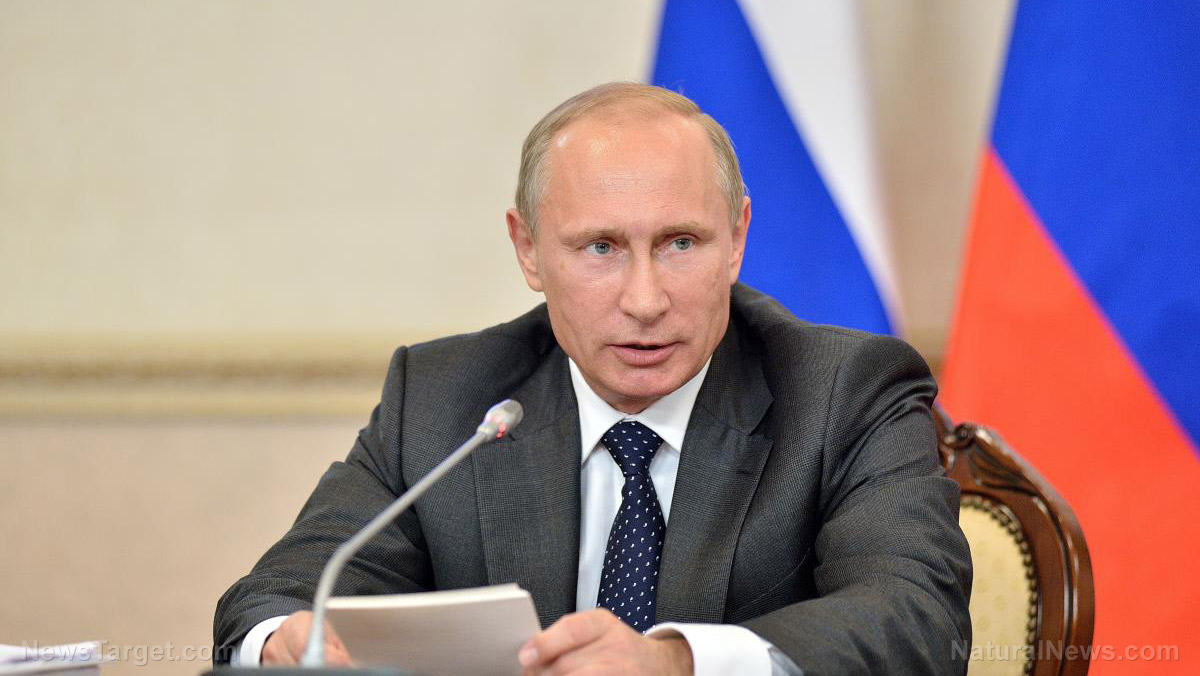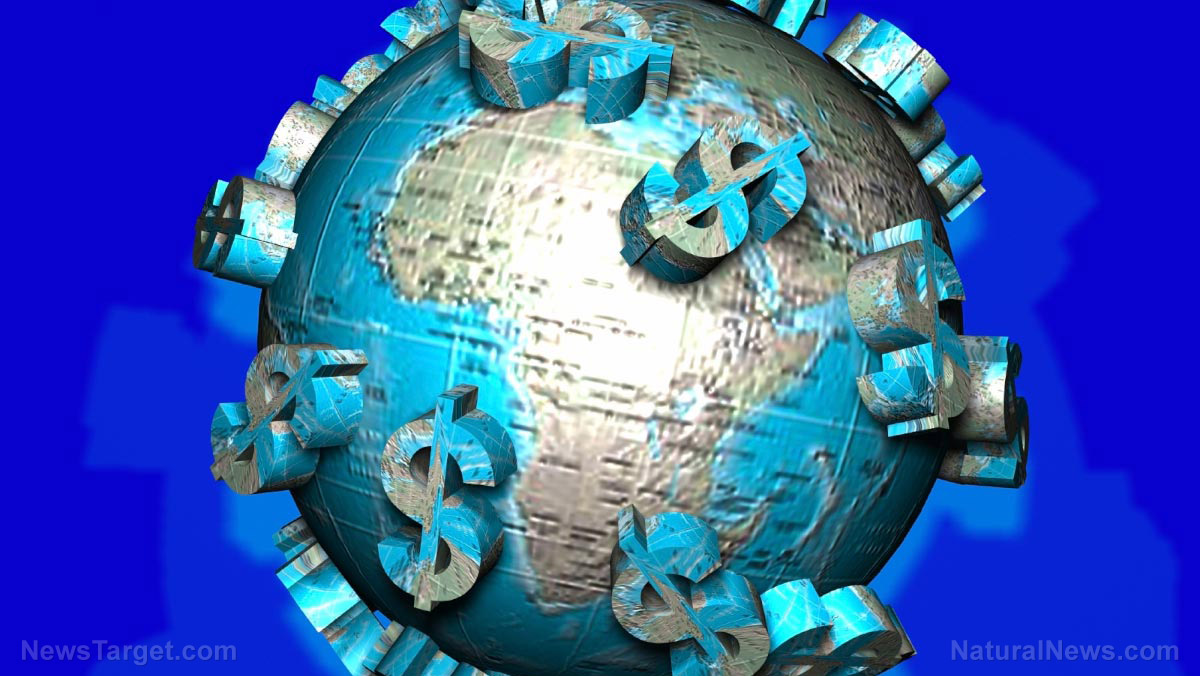End of the U.S. empire and its weaponized dollar? BRICS to account for HALF of global food production when new member states join next year
08/30/2023 / By Belle Carter

The BRICS (Brazil, Russia, India, China and South Africa) bloc of top emerging economies, which was formed in 2009, just took a major step in the expansion of its influence by inviting six more progressive nations to become new state members.
Come January 2024, Argentina, Ethiopia, Iran, Saudi Arabia, Egypt and the United Arab Emirates (UAE) will be admitted to the block, ending the global dominance over the majority of sectors and industries by the United States and the weaponized dollar as well as other Western alliances.
“This membership expansion is historic,” Chinese President Xi Jinping said. “It shows the determination of BRICS countries for unity and cooperation with the broader developing countries.” “BRICS has embarked on a new chapter in its effort to build a world that is fair, a world that is just, a world that is also inclusive and prosperous,” added South African president Cyril Ramaphosa. “We have consensus on the first phase of this expansion process and other phases will follow.”
The expanded group’s combined gross domestic product (GDP) will make for almost half of the world’s economy in terms of purchasing power parity (PPP) which will be roughly $65 trillion, according to reports from the news outlets RBK and TASS. This would see the bloc’s share of global GDP surge from the current 31.5 percent to 37 percent, which was forecasted to surpass the share of the G7 group of advanced economies, which is currently just around 29.9 percent. Moreover, BRICS nations will account for almost half of the world’s food production with the addition of its new members. In 2021, the group’s wheat harvest amounted to 49 percent of the globe’s total while the share of the G7 was 19.1 percent.
The expanded group will also have an advantage in terms of the production of metals used in the high-tech industry as 11 nations will account for 79 percent of global aluminum output against just 1.3 percent of G7-controlled ones. For palladium, the disparity is 77 percent for BRICS versus 6.9 percent for the G7. The augmentation of the bloc will also account for about 38.3 percent of worldwide industrial production as compared to the 30.5 percent of G7.
Overall, the 11 BRICS countries will account for 48.5 million square kilometers, which represents 36 percent of the world’s land area, notably more than double that of the G7. The combined population will be 3.6 billion, which is 45 percent of the globe’s total and more than four times more than the G7.
More countries are drifting away from the U.S. empire’s orbit
Before the start of its annual summit, more than 40 countries expressed interest in joining the bloc, with 22 formally asking, representing a disparate pool of potential candidates, including Iran to Argentina. “We appreciate the considerable interest shown by countries of the Global South in membership of BRICS,” the bloc said in the Johannesburg II declaration it adopted on the final day of the summit on Thursday, August 24. (Related: END OF THE DOLLAR: South Africa says over 40 countries want to join BRICS.)
Swaran Singh, an international relations professor at India’s Jawaharlal Nehru University, said that the move is aimed at increasing BRICS dominance of the so-called “Global South” nations, many of which feel unfairly treated by international institutions dominated by the United States and its wealthy Western allies.
“[The] expansion of BRICS was never meant for challenging any other system,” Singh explained. “They were supposed to create an alternative platform to provide some opportunity for least developed and developing countries to participate in international decision making, which automatically perhaps indirectly implies that there is some discomfort with the way international decision making has happened inside the post-second World War international organizations.”
He added that the bloc was presenting an alternative to create space for these developing countries and if it is expanding, that means that there is an increasing desire and demand in the world for a platform like this.
Meanwhile, Brazilian president Luiz Inacio Lula da Silva had vocally lobbied for its neighboring nation Argentina’s inclusion. Egypt has also close commercial ties with Russia and India. The entry of oil powers Saudi Arabia and UAE signaled their disconnection from the U.S. as they embark on their journey to become global heavyweights in their own right.
Russia and Iran have found a common cause in their shared struggle against U.S.-led sanctions and diplomatic isolation, an analysis at the Independent included. “With their economic ties deepening in the wake of Moscow’s invasion of Ukraine, Russian President Vladimir Putin used his address to lambast the West, highlight the threat they posed to traditional values in developing nations, and signal the emergence of a multi-polar world,” the news outlet said.
DollarDemise.com has more stories about the impending fall of the U.S. dollar.
Sources for this article include:
Submit a correction >>
Tagged Under:
Argentina, big government, Brazil, BRICS, bubble, China, collapse, conspiracy, currency crash, currency reset, De-dollarization, dollar demise, economic riot, economy, Egypt, Ethiopia, food production, food supply, g7, GDP, global economy, India, Iran, money supply, risk, Russia, Saudi Arabia, South Africa, supply chain, UAE
This article may contain statements that reflect the opinion of the author
RECENT NEWS & ARTICLES
COPYRIGHT © 2020 CommunistChina.News
All content posted on this site is protected under Free Speech. CommunistChina.News is not responsible for content written by contributing authors. The information on this site is provided for educational and entertainment purposes only. It is not intended as a substitute for professional advice of any kind. CommunistChina.News assumes no responsibility for the use or misuse of this material. All trademarks, registered trademarks and service marks mentioned on this site are the property of their respective owners.



